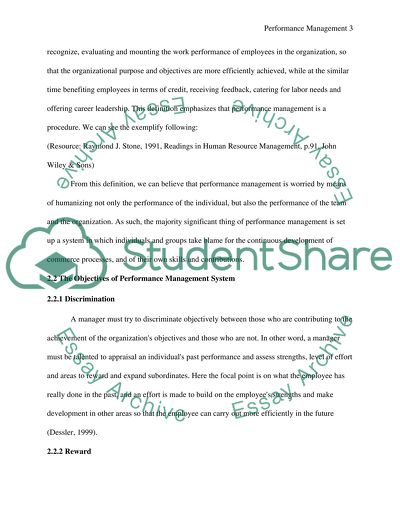Cite this document
(“Different approaches to performance management Essay”, n.d.)
Different approaches to performance management Essay. Retrieved from https://studentshare.org/miscellaneous/1501808-different-approaches-to-performance-management
Different approaches to performance management Essay. Retrieved from https://studentshare.org/miscellaneous/1501808-different-approaches-to-performance-management
(Different Approaches to Performance Management Essay)
Different Approaches to Performance Management Essay. https://studentshare.org/miscellaneous/1501808-different-approaches-to-performance-management.
Different Approaches to Performance Management Essay. https://studentshare.org/miscellaneous/1501808-different-approaches-to-performance-management.
“Different Approaches to Performance Management Essay”, n.d. https://studentshare.org/miscellaneous/1501808-different-approaches-to-performance-management.


